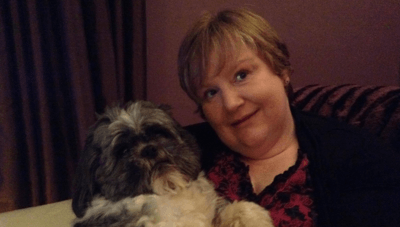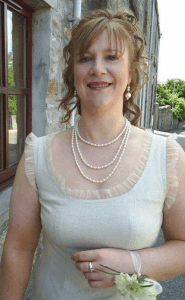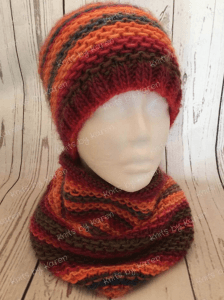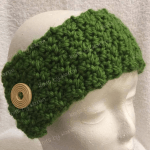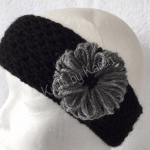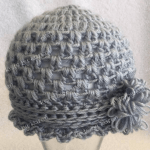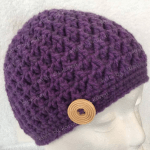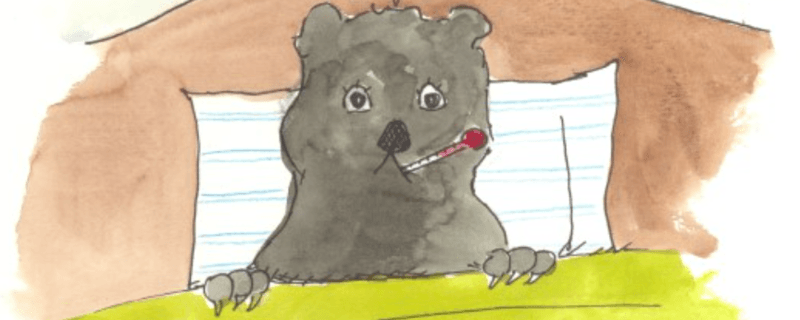
Here’s my story (reposted from My Website Mommy Can’t Dance)
Spanish-style music was playing in the background. It was unusually hot for October, but I could feel a slight breeze on my cheek. The nerves in my limbs were twitching like they wanted to get up and run yet felt like they were being held down by cement. My eyes were closed, but I could see lights dancing and swirling like waves of fireworks in my head. I vaguely heard a man walk by and comment in my direction, “I guess you can have too much fun.”
This was me—sprawled out on a table in the wine garden at Disney’s California Adventure Park. It was the nearest place I could get to after exiting a ride with my kids and sensing I was going to collapse. It felt like I was in a dream. I had no perception of time or the fact that I had been non-responsive for over two hours.
The paramedics that huddled around me were prodding me and asking me questions, but they seemed so far away and I was just too tired to answer. Too tired to open my eyes. Too tired to move my leg that had fallen asleep some time ago. In the back of my head I could hear a frantic voice whispering, “Something is very wrong!” But at that moment I was just too tired to even care.
Little did I know that this incident was the beginning of an illness turned disability that would change my life.
Postural Orthostatic Tachycardia Syndrome (POTS)
So what was this mystery illness? Postural Orthostatic Tachycardia Syndrome, also known as POTS. As my doctor explained, upon standing my heart rate increases much more than is normal. While this is a defining characteristic of my condition, it is not just my heart rate that is altered. POTS is a dysautonomic disorder. It affects the autonomic nervous system, which controls our bodily functions that we don’t usually have to think about, like heart rate, circulation, blood pressure, breathing, digestion, temperature, hormone production, etc. POTS can be triggered suddenly by a trauma or viral infection, as it was in my case. (I’d had a sore throat for a week and been under a lot of stress from work as we embarked on our family vacation.)
While many of my symptoms are present all the time, they are amplified when I’m sitting up and even worse when standing. Because of poor circulation and low blood volume my brain suffers from not enough blood and oxygen. My symptoms include brain fog, dizziness, migraines, chest pain, nausea and other gastric issues, temperature control problems, and extreme fatigue and lethargy. I get overstimulated quickly– movement, light, and especially noise really affect me. Additionally, my body overproduces adrenaline, causing intense tremors and muscle spasms.
Overnight I went from being a relatively healthy, active person to someone who could barely get out of bed.
Chronic Illness Affects the Whole Family

Mommy Can’t Dance
I have always been a go-getter and an overachiever– from dancing 4-6 hours a day and attaining valedictorian in high school to an adulthood of teaching group fitness classes, owning and operating a small business, and being a wife and a mother of four. To lose my mobility and functionality was devastating.
This condition was not just life-altering for me, it affected my whole family. I could no longer take my kids out for the adventures we loved, like going to the children’s museum or hiking in the mountains. I couldn’t go to important events like music concerts, dance recitals, or preschool programs. And the day-to-day limitations were even harder to accept. I could no longer make dinner, help kids with homework, or get them ready for school or bed. I oftentimes could not even get myself out of bed without collapsing. (My husband has found me on the bathroom floor more times than I care to admit.)
I was battling to come to grips with my new reality. But I was not the only one. My kids were also struggling to comprehend why I couldn’t do what I used to do.
Our family has a tradition of taking turns sharing good news and bad news each night at dinner. The nights that I could make it to the dinner table, I noticed a trend in the news my kids shared. My four-year-old twins started repeating the same news night after night. “My good news is that I love mommy. My bad news is that I miss mommy.” Even my 10-year-old daughter would say, “My good news is that mom was able to come out for dinner. My bad news is that mom is still sick.”
I have vivid memories of a meltdown my daughter and I had one evening as she was preparing for her dance recital. She came into my room so I could do her hair, yet I couldn’t even sit up on the edge of my bed long enough to do it—let alone make it to the recital.
Over the holidays, one of my twins rushed into my room so excited for me to come see the Christmas tree he had helped decorate in the basement. After five minutes of him tugging on my arm begging me to come, and me trying to explain why I couldn’t simply get up and walk down the stairs, we both ended up in tears.
These are just a few of many examples.
Mommy Can’t Dance
As a mom, it is no fun to feel physically awful, but it is worse to know that your kids are suffering too. I hated that my illness was affecting my children. I needed a way to help them understand that my illness and inability to do things for them or with them in no way affected my love for them. Additionally, any chronic illness brings with it feelings of helplessness for the patient and the loved ones. I wanted my kids to find ways that they could feel helpful and loved. Thus, the book Mommy Can’t Dance was born.
While this book is near and dear to my heart, I recognize that I am not the only mom struggling with chronic illness. I hope this book can help other mothers and children that are similarly struggling.
The children’s book “Mommy Can’t Dance” is available at:
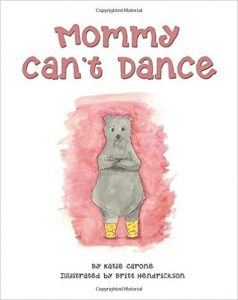 Available to buy via Amazon Paperback or Kindle.
Available to buy via Amazon Paperback or Kindle.
For UK orders BUY BOOK here
For USA orders BUY BOOK here
CreateSpace Store
Support Dysautonomia International
In an effort to further the advocacy and research on POTS, the illustrator and I are donating all proceeds of the book Mommy Can’t Dance to Dysautonomia International a 501(c)(3) non-profit founded by patients, caregivers, physicians and researchers dedicated to assisting people living with various forms of dysautonomia.
http://www.dysautonomiainternational.org/
Happy Endings?
While I wish I could write a fairytale ending to my personal story, that is simply not the case. I have found a few medications that have helped, and I continue to pursue additional treatment options through trial and error. Like many others who suffer with chronic illness, I understand that this may be a lifelong condition. However, I refuse to give up or give in, and I hope to someday report that mommy can dance again.
![]()

